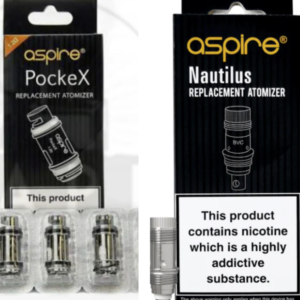Ultimate Wood Deck Sealer Guide: Achieve Lasting Protection and Natural Beauty
When safeguarding your outdoor oasis, the right wood deck sealer makes all the difference. In this guide, we combine decades of expertise to help you select, apply, and maintain a sealer that delivers durability, beauty, and eco‑friendliness. Follow our structured approach to ensure your deck remains vibrant and protected year after year.
What Is a Wood Deck Sealer?
A wood deck sealer is a treatment designed to:
- Penetrate the wood grain
- Repel moisture, mildew, and UV damage
- Preserve the natural texture and grain—unlike paints or solid stains
Types of Sealers
Penetrating Sealers
Blend of natural oils (such as hemp seed oil or linseed oil) with advanced polymers. These sealers nourish wood fibers and maintain breathability.
Film‑Forming Sealers
Resin-based products with pigments and UV inhibitors. They create a flexible surface film and offer a wide range of color options.
Key Benefits
- Superior Moisture Defense
Prevents rot and splintering by blocking water absorption. - UV Protection
Broad-spectrum UV inhibitors guard against fading. - Mold & Mildew Resistance
Fungicidal additives minimize microbial growth. - Eco‑Conscious Formulations
Low‑VOC, non‑toxic options that are safe for families, pets, and the environment. - Simplified Maintenance
Penetrating sealers require annual touch‑ups and do not peel or crack.
Choosing the Right Sealer
| Factor | Considerations |
|---|---|
| Wood Species | Softwoods vs. dense hardwoods—absorption rates vary |
| Desired Finish | Transparent vs. translucent vs. pigmented |
| Climate | Coastal salt‑spray, freeze‑thaw zones, high humidity |
| Usage Intensity | High‑traffic areas may need film‑forming abrasion resistance |
Surface Preparation: Step‑by‑Step
- Clean Thoroughly
Sweep away debris and wash with a deck cleaner or mild detergent. Use a low‑pressure rinse (500–800 psi). - Dry Completely
Allow the deck to dry for 48–72 hours. Ensure moisture content drops below 15 percent before sealing. - Sand & Repair
Lightly sand raised fibers with 80–120 grit sandpaper. Replace severely damaged boards and secure any loose nails.
Application Guide
- Test & Stir
Apply a small patch in an inconspicuous area to check color and absorption. Stir the sealer gently for two to three minutes; avoid shaking. - Apply Evenly
Use a lambswool applicator, roller, or brush. Work along the wood grain, maintaining coverage of 200–400 square feet per gallon. - Dry Between Coats
If a second coat is recommended, wait four to six hours or until the first coat is touch‑dry. Avoid applying in high humidity. - Final Inspection
After 24 hours, inspect for missed spots or pooling. Buff away any excess with a clean, dry cloth.
Ongoing Maintenance
- Annual Checkup
Inspect your deck each spring for signs of wear or damage. - Recoat Schedule
Plan to reapply penetrating sealers every 12–18 months, depending on exposure and foot traffic. - Seasonal Cleaning
Perform a gentle wash before and after winter to prevent grime buildup. - Furniture Care
Use felt pads or rubber caps under furniture legs to avoid scratches and localized wear. - Debris Removal
Opt for soft‑bristle brooms and plastic shovels for snow removal to protect the sealed surface.
Frequently Asked Questions
How soon can I seal new lumber?
Wait at least 30 days for new wood to cure and release excess moisture. Use a moisture meter to confirm the wood is ready.
Can I seal over old stain or paint?
No. Remove existing coatings with sanding or chemical strippers before applying a penetrating sealer.
Sealer vs. Stain: What’s the difference?
Sealers focus on protection and moisture repellence without altering wood color significantly, while stains add pigment and can obscure the grain.
Is direct-sun application safe?
High temperatures accelerate drying but can reduce penetration. Apply in shaded areas or during cooler morning or evening hours.
How do I treat mildew?
Use a solution of one part bleach to four parts water. Rinse thoroughly and allow the deck to dry completely before sealing.
Why Our Eco‑Friendly Sealers?
- Advanced UV defense to maintain color vibrancy
- Deep wood nourishment to reduce splits and cracks
- Biodegradable ingredients for aquatic safety
- Quick one-day application to return your deck to service promptly
Conclusion & Next Steps
By following this structured guide, you can confidently select and apply a premium wood deck sealer that balances performance, appearance, and environmental responsibility. Embrace regular maintenance, and your deck will remain a beautiful, functional retreat for seasons to come.
Read more: 7 Powerful Ways to Sand Wet Wood on Your Deck Safely













